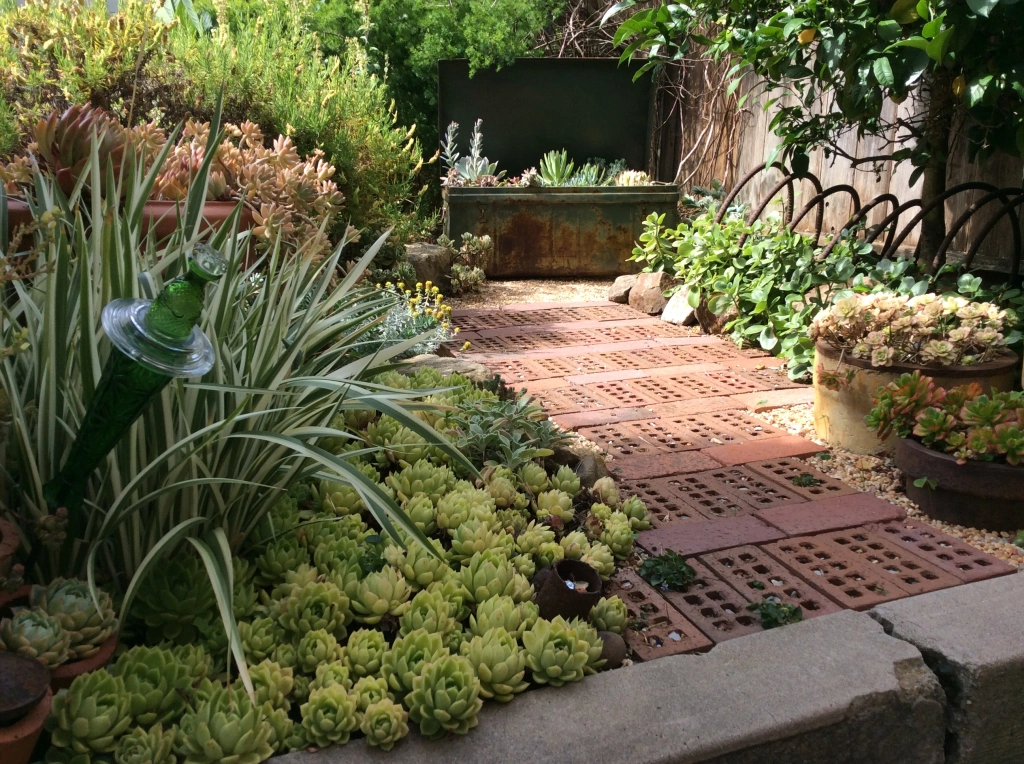Recently, I was searching for a plant that I wanted to add to our new garden. I was surprised to have trouble finding it (a couple of decades ago it had been quite popular in local gardens and nurseries), so I decided to use social media to help in my search.
Many people remarked that they had never seen or heard of this species, but I got a few responses that I did not expect. Some respondents felt I just wanted to grow something rare and unusual, that no one else was growing. While it is true that I do in fact grow some plants that few people grow, some of my plants might actually be the only one being grown in my area, county, state, country! I paused to consider the statements made about my plant of choice.
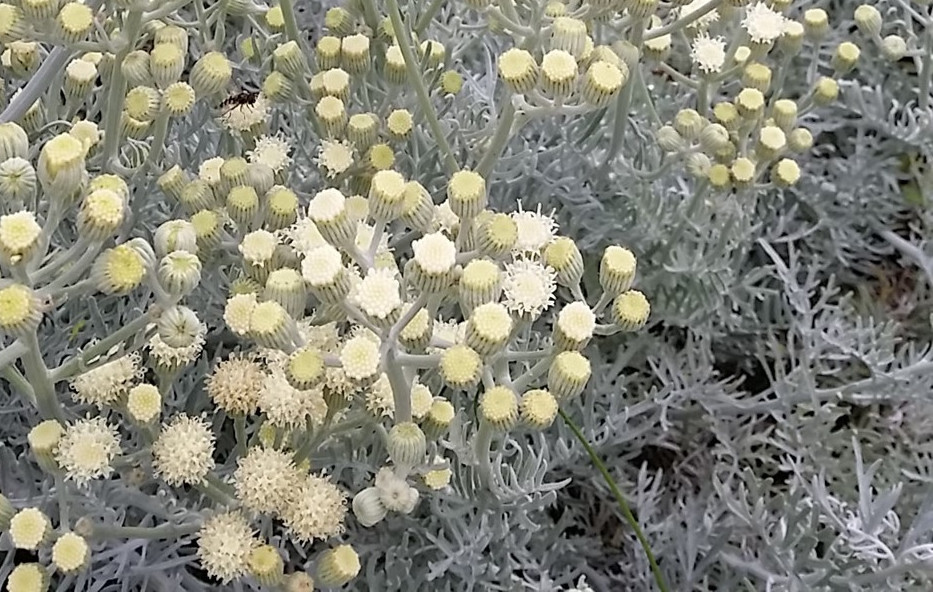
Right away, I realized that with regard to the now hard-to-find plant in question, I wanted to pair it with a handful of plants that are VERY common locally! Why? Because I thought they would compliment each other, highlighting their unique qualities. This brought to mind some statements by visitors to our previous gardens – “Why have you placed this very rare species next to something that can be bought at any nursery?” Again, my response was that I thought they would work well together in a garden design.
I realize am known for knowing plants that many have never heard about. I am interested in plants generally and have certainly gone through my ‘collector’ phase where I wanted ever possible plant I could get my hands on of a certain group. There are many who are still in that ‘phase’, or possibly that is their who ‘raison d’etre’ for being a plant-person. I see value in that. I know people like that. There are groups of plants in which I might even be that person!! (that’s another article).
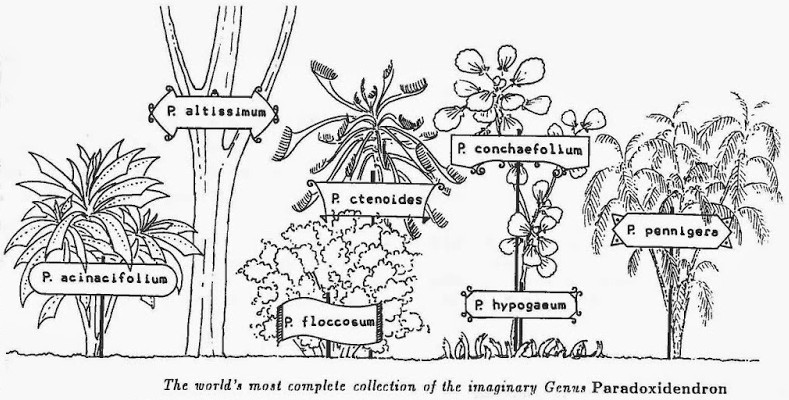
But when I am creating a garden for myself, or for others, my aesthetic nature is engaged. In my education as a horticulturalist, flower arranging was something that caught me attention. Artfully combining plant forms was intriguing. I learned that there were many ‘rules’ in this art form, but I always recalled my favorite art teacher restating over and over again “The only rule is that there are no rules!” Some of the best work by flower arrangers follow that credo.
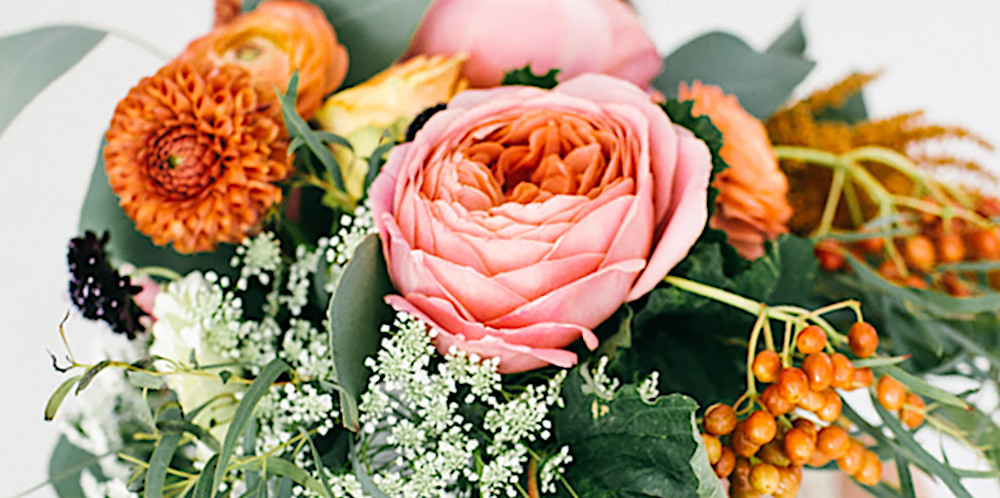
In flower arranging, form and color is all. The fact that the plants being combined could possibly never be grown together in the same garden bed is irrelevant. There is no requirement to understand how said plants grow as long as they are available to the floral arranger.
Occasionally during my tenure (since the 1980s) as a horticultural consultant, I would be hired to work with a plant collector’s garden (usually by their partner!) to mitigate the monotony of the landscape. The collection might be of predominately summer-dormant species, those with ubiquitously gray leaves, or generally spiky specimens! Choosing even just a few specimens for contrast and compliment would do wonders to enhancing the overall effect of the planting – at least for the non-collector or novice gardener!!
In a garden, our ‘arrangements’ are meant to thrive together, year in and year out. They need to live peaceably, not overwhelm each other, to combine gracefully. Anyone who has been tending a garden for more than one season comes to know that plants, like any living organism, require specific conditions. Pairing them with plants that require radically different conditions will lead to the demise of one or the other. Soils, exposure, availability of water, high & low temperatures, all must be considered. Condition in one spot might be intrinsically different from conditions a few feet away! Getting to know a particular space is necessary for a successful planting.
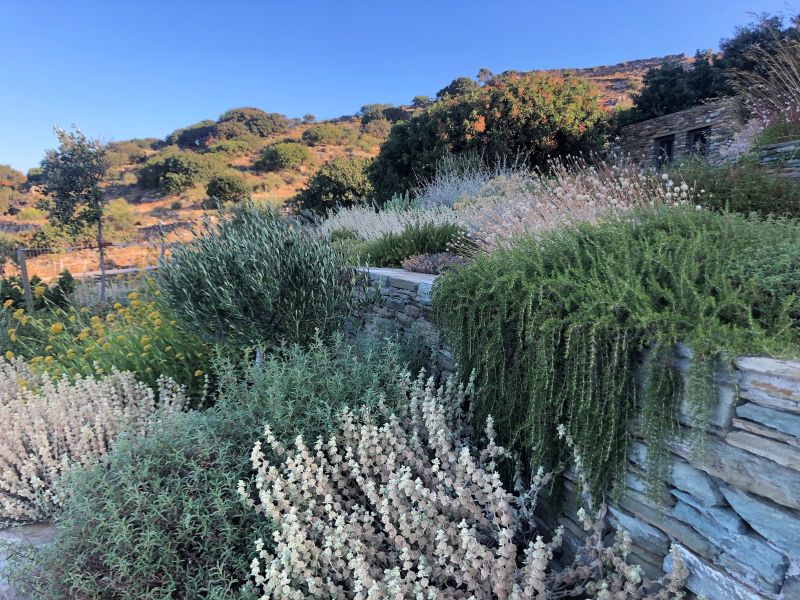
I once explained this process to a non-horticultural friend (he was a very skilled computer programmer). “That’s impossible!” was his response. I explained to him that just as he knew the subtle nuances of computer code, I had an understanding of what plants needed and how they grew (this is why hiring an experienced expert can be useful to you).
Gardens also exist in a 4th dimension – time. Plants grow and mature, and ultimately can change the environment in which they grow. Understanding this process and accepting that your garden may naturally change is important. Even the best attempts to understand these processes can fail to anticipate everything that might happen. A garden is always in a state of change – that is the natural world.
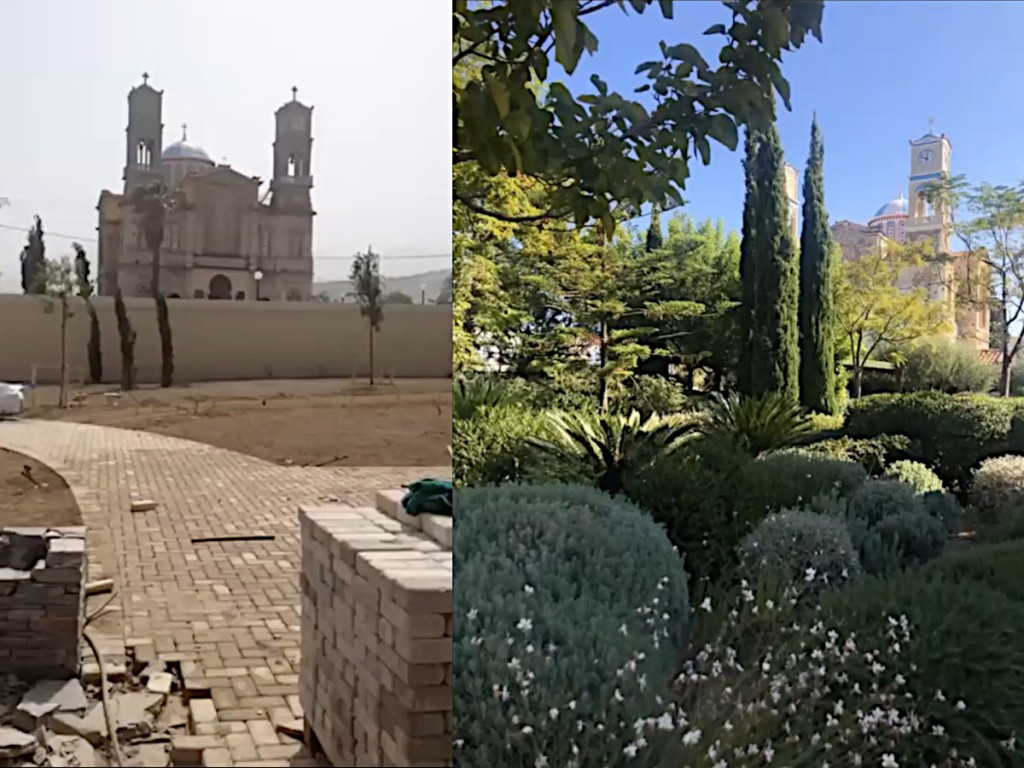
I have often consulted with clients who are attempting to ‘finish’ or enhance their garden for the sale of their property. In their minds, the garden is often one of the reasons someone might make the purchase. I always caution them that it is impossible to anticipate that this is true, or that the new owner will respect their outdoor space in the same way. More than once I have learned that a cherished garden was significantly or totally removed to make way for a carport or house addition by a new owner.
We recently moved house and went to the effort to remove all our cherished plants from the property (it was clear that the new residents had a very different idea for the outdoor space). Some of our friends were very surprised at this action! Since many the plants we grow are important to us, and some have come from horticultural friends who are no longer with us, it was unthinkable to leave them to an unknown fate.

It is unfortunate that not everyone consciously appreciates the natural world in the same way as do gardeners. I have observed, as a landscape designer, that many people like a certain outdoor space but find it hard to tell you why. I observe that this is usually because there are beautiful trees, healthy plants, and the birds and small critters that are attracted by them. Not everyone ‘sees’ plants as we do, but our actions might someday educate them.
